Academic Services

Grand Ledge Public Schools Framework for Academic Services
In order to meet the needs of students as 21st-century learners, it is important that we think strategically to create opportunities for their success. To those ends, our job in the Academic Services office is to ensure that the instructional program for the district is aligned to ensure success for all students. This framework, rooted in current research and best practice, is designed to guide the work that is taking place throughout GLPS.
Outer Circles – Safe & Supportive Environment and Teacher Collaboration
These circles are informed by the Marzano High Reliability Schools framework, which lists a safe and collaborative environment as foundational to a high reliability school (level 1). They are circles outside of the instructional arrow because they create the conditions that allow all of the other elements of the school to exist and function effectively. They are the foundation for a successful school, and without them, the elements of teaching and learning cannot function on a systematic basis.
The Inner Arrow – Essential Learnings, Curriculum, Instruction, Assessment, and Grading/Reporting
The inner arrow represents the work that happens on a daily basis in the classroom, and it is rooted in the necessity of aligned systems. The arrow is double-sided, because no matter where one starts in the list, the system should be aligned above it and below it. For example, the curriculum must be aligned to the essential learnings and to the instruction being provided, just as the instruction should be aligned to the curriculum being taught and to the assessment being given. In an optimal system, one should be able to start anywhere on the arrow and accurately define what is happening above and below. Essential learnings are at the top of the arrow and grading/reporting are at the bottom, because the process starts with the identification of essential learnings, based on standards, and ends with reporting out on the students’ demonstrated knowledge of them. Each of the five elements has specific criteria and definitions, and understanding them is key to understanding the entire model.
Rationale for the Framework
Teaching and learning within a school are complicated endeavors. There are many factors that impact how and when a student learns, and in today’s era of accountability, educators can easily get bogged down in achievement data, state expectations, evaluations, etc., particularly if they look at each element as an individual task. If, instead, we look at the system, we can compartmentalize the work in a way that allows us to focus on the STUDENTS, not the requirements. If the work is done upfront to make sure that the systems are aligned, then a teacher can go into the classroom knowing that the day’s learning goal is supported by the curriculum and can be taught using a variety of instructional strategies. The alignment work ensures that student success in the classroom will equal student success on various assessments, and the reporting ensures that students and parents know where they stand. This framework does not define how teachers teach, it does not dictate classroom assessments, and it builds in authentic opportunities for collaboration around things outside of our control, like M-STEP or SAT. In short, it creates defined autonomy, leverages the expertise of the teachers, administrators, and staff in the buildings and in the district, and creates a roadmap for success. It allows the focus in the classroom to be on the student, while creating a space to allow the demands of 21st-century education to exist in a meaningful way.







